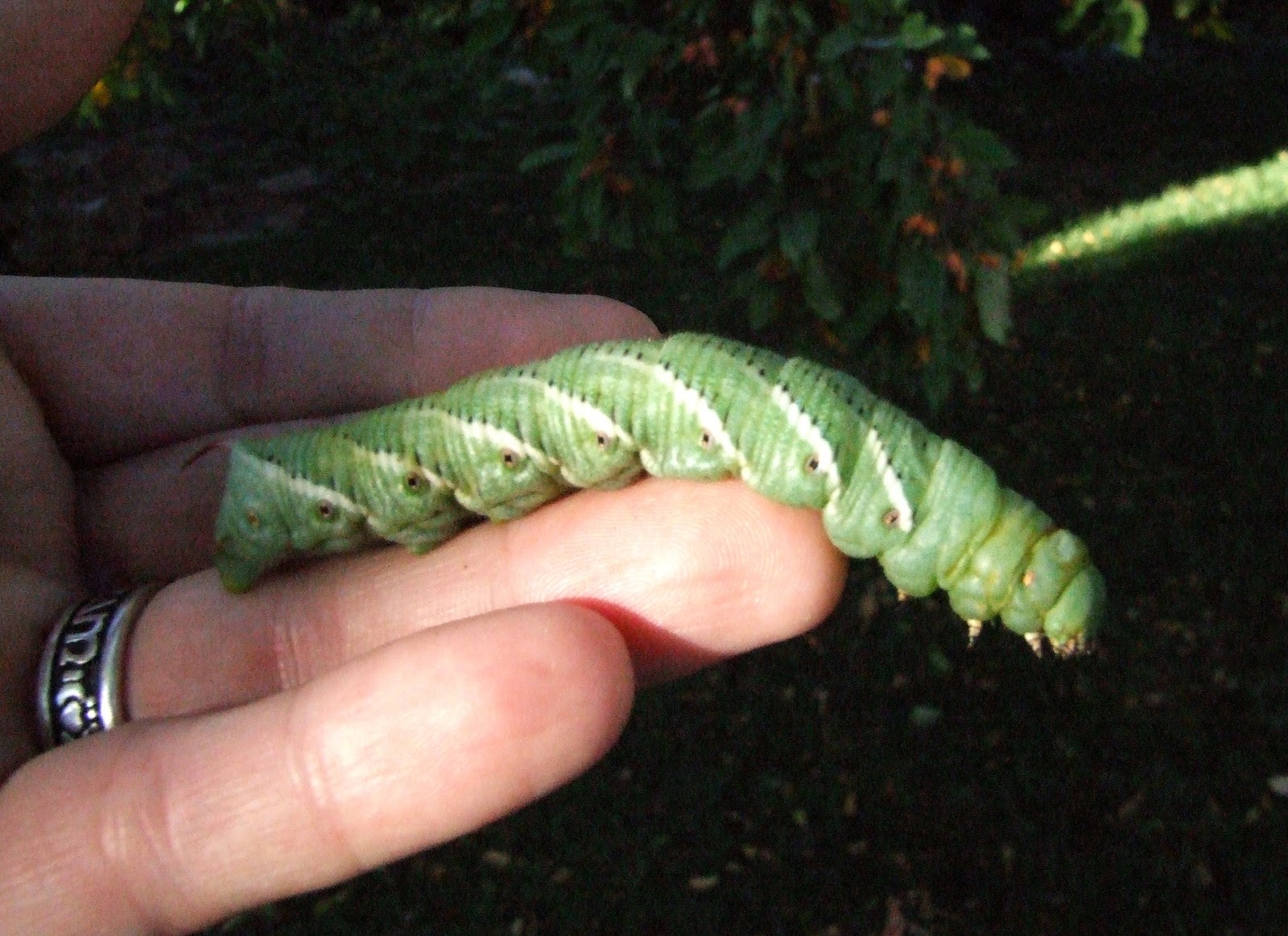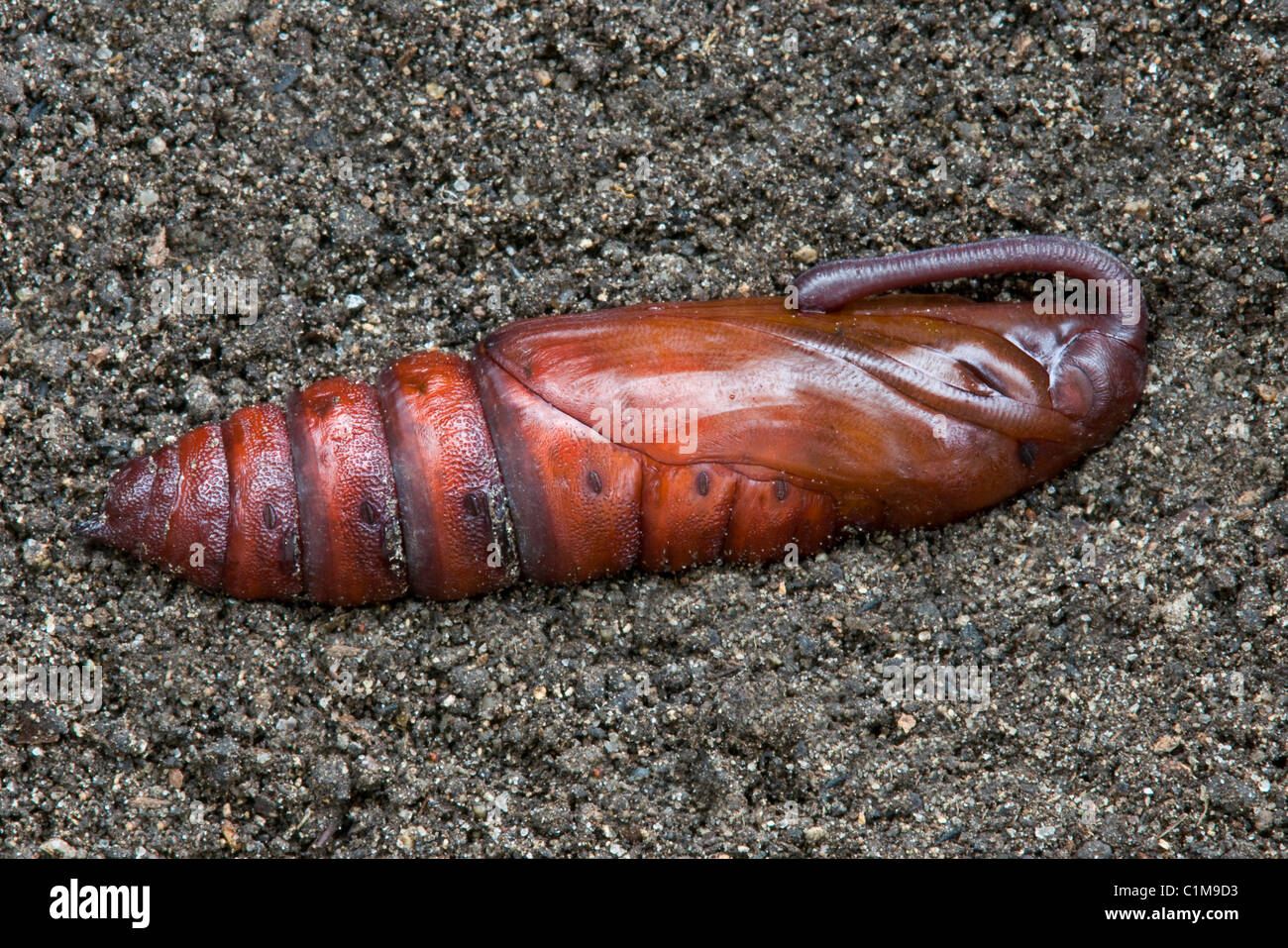
This work has been published in Insect Biochemistry and Molecular Biology, "Multifaceted biological insights from a draft genome sequence of the tobacco hornworm moth, Manduca sexta." We at the BCM-HGSC would like to thank the many members of the M. The Manduca sexta sequencing project is funded by grants from the NIH NIGMS and DARPA. Such studies will have application to biomedicine (insect-vectored diseases) and agriculture (insect-plant interactions). sexta genome sequence will lead to a more rapid and advanced understanding of many of the basic mechanisms important in insect interactions with plants, other insects, and microbes. As an important and intensively studied model for insect physiology and biochemistry, the M. sexta as a model system for research on fundamental processes in neurobiology, endocrinology, lipid metabolism, and innate immunity. The genome sequence will aid current and future studies using M. sexta genome contains 28 chromosomes and prior BAC-FISH studies suggest extensive synteny with the genome of the silkmoth, Bombyx mori (Bombycidae). sexta can be found from Massachusetts to northern California, and south as far as Costa Rica, and to Argentina and Chile. Adults are active and fly at dusk, and females lay eggs on the leaves of host plants. After emergence, adults feed on the nectar from flowers.

At the end of the last larval instar, larvae burrow into the soil and pupate. Larvae grow to a very large size, typically reaching weights of 10-12 grams in the 5th larval instar. sexta larvae feed voraciously on plants in the family Solanaceae (tobacco, tomato, potato, etc.). sexta represents a powerful, well developed, and tractable experimental system. Studies over the past 40+ years have included almost every area of insect biology, including neurobiology, endocrine regulation, chemical sensing (chemoreception, sexual and feeding attractants), behavior, development, metamorphosis, immunology, antimicrobial defenses, locomotion and flight, digestive and gut physiology, toxicology, parasitism, microbial interactions, symbiosis, pathology, and plant-insect interactions. sexta serves as one of the most important insect models for invertebrate physiology, biochemistry, and molecular biology.

Manduca sexta is commonly known as the tobacco hornworm or Carolina sphinx moth. Texas Medical Center Genomic Center for Infectious Diseases (TMC GCID)Īs a collaborative project with Mike Kanost (Kansas State University) and Gary Blissard (Boyce Thompson Institute and Cornell University), we sequenced the genome and a variety of transcriptomes of Manduca sexta (Lepidoptera: Sphingidae).Genetics of Adult Intellectual Disability Research Study.Research Assistant I - Molecular Biology.Lead, Solutions Architect - Cloud Infrastructure.


 0 kommentar(er)
0 kommentar(er)
